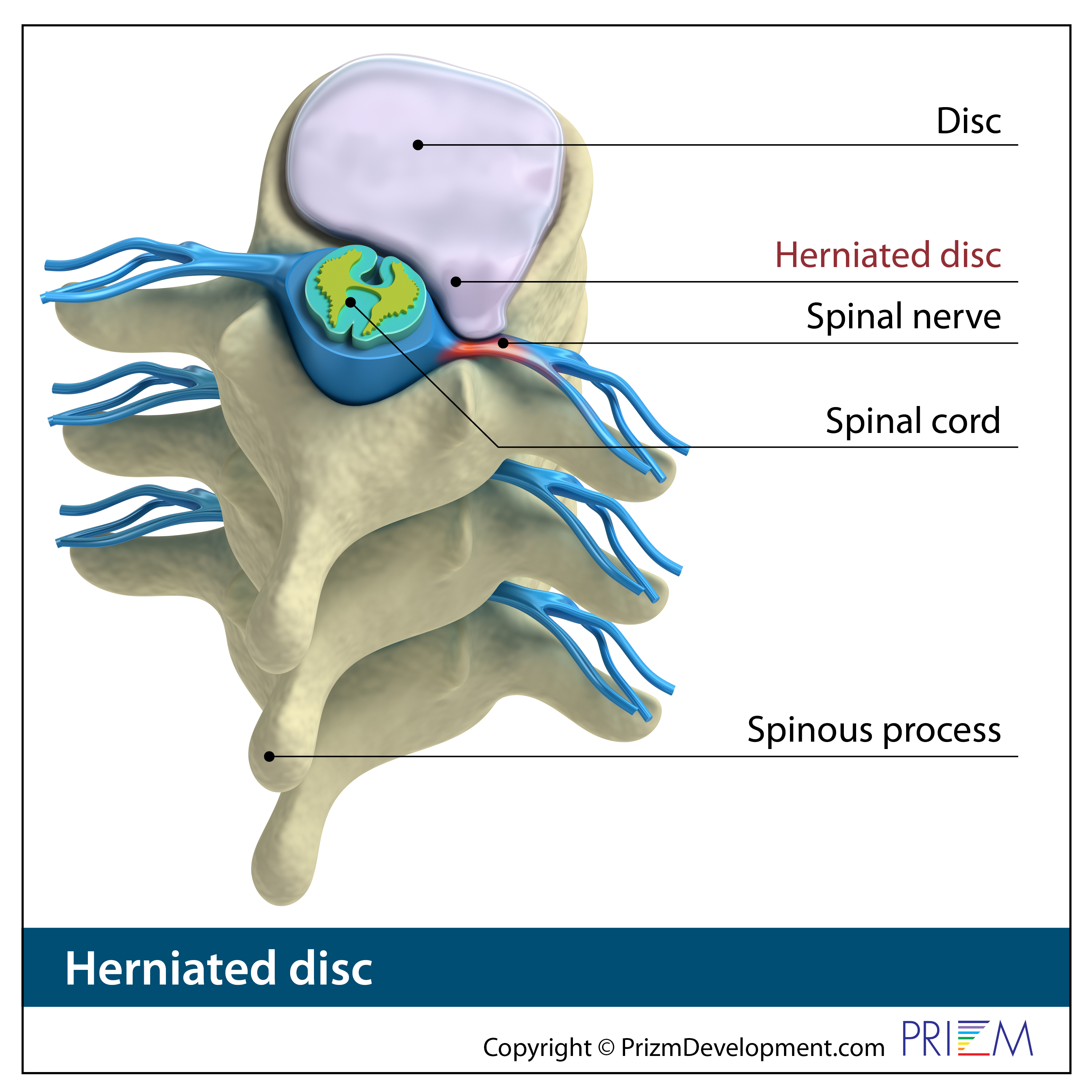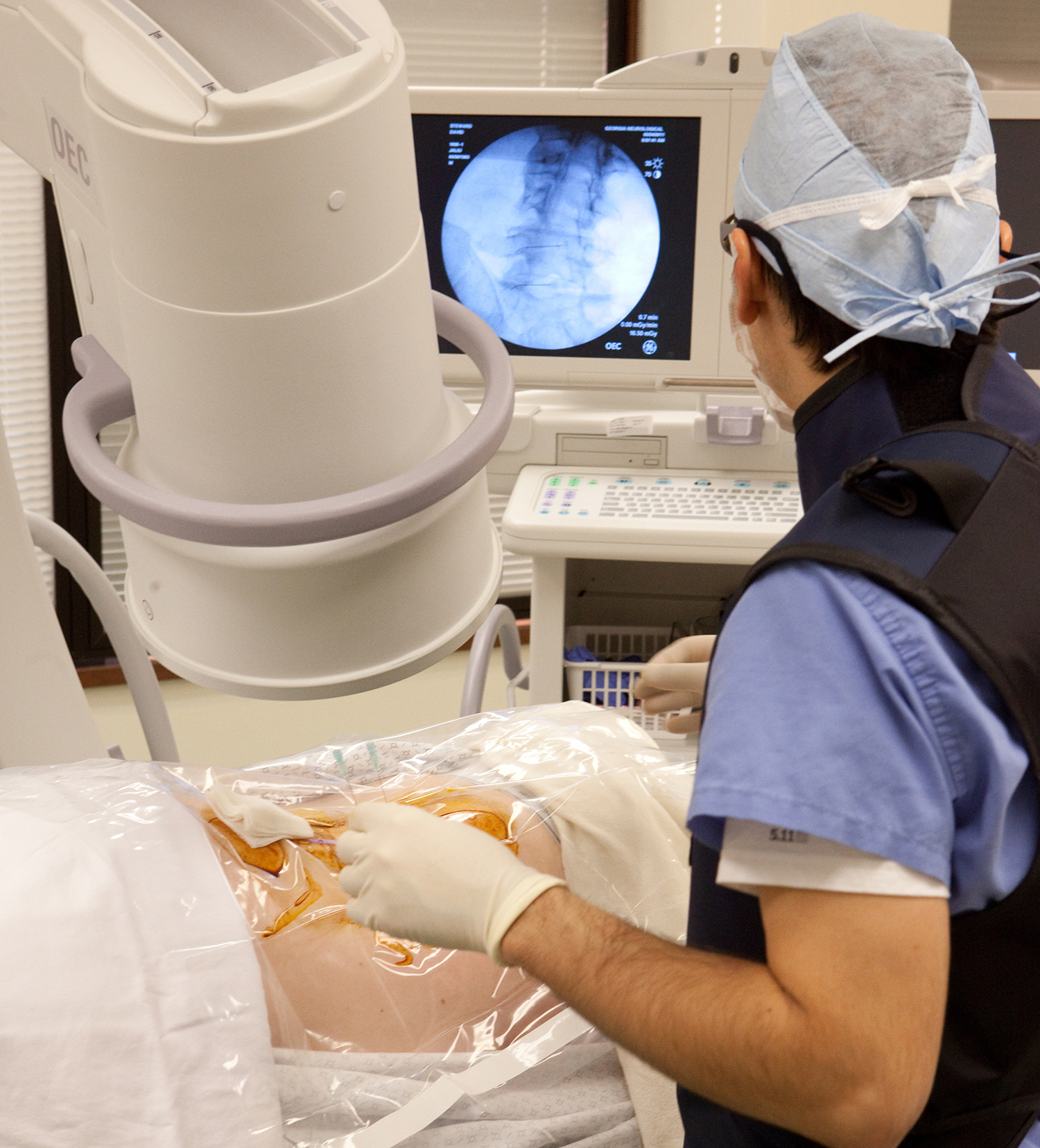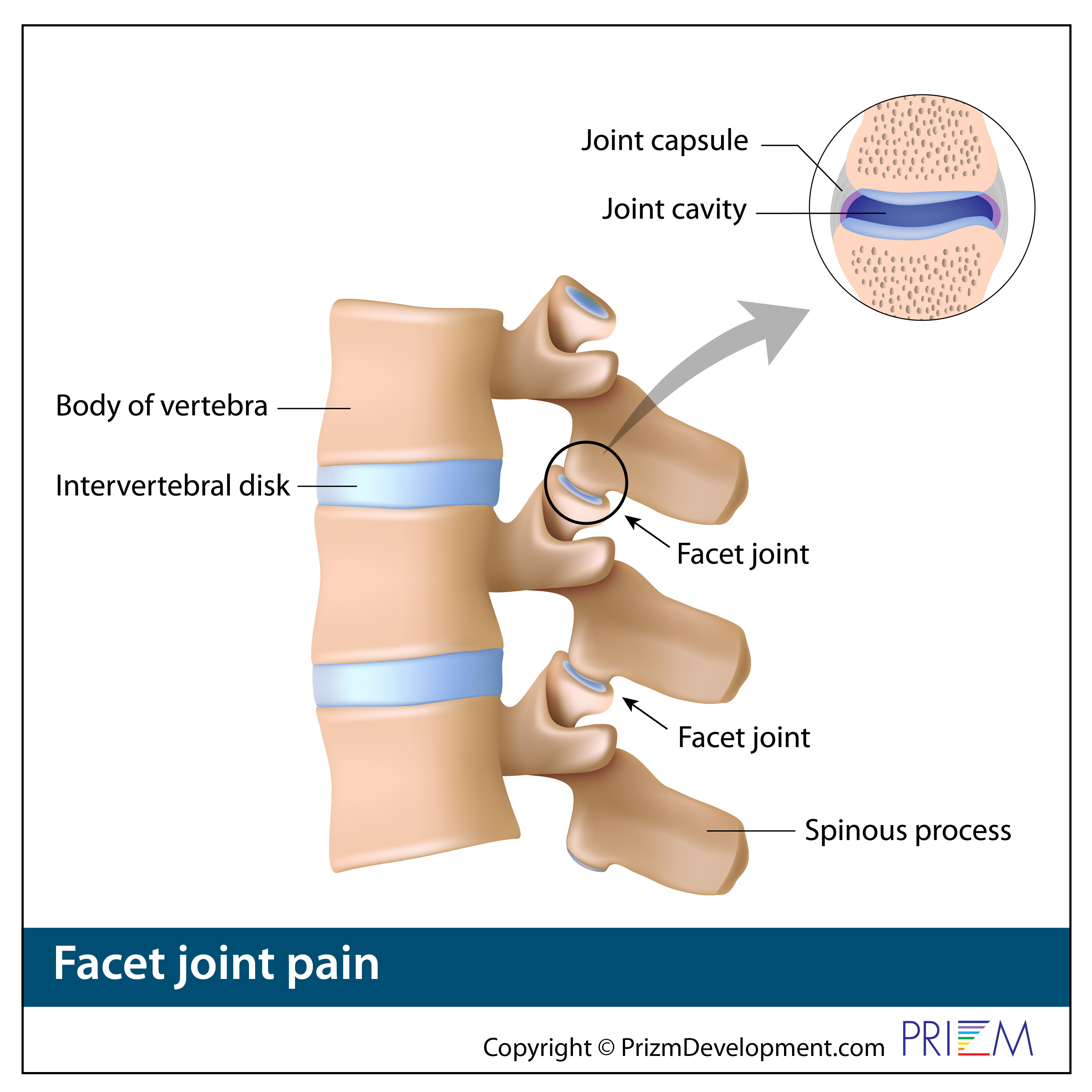PAIN MANAGEMENT
Understanding Spinal Injections for Back Pain and Neck Pain
Spinal Injection Therapy

About 80% of back and neck pain relates to muscle or ligament strain rather than a herniated disc. Surgery is never appropriate for a muscle or ligament strain. The good news is that most back and neck pain will get better with some rest and some therapy and exercise.
With that said, 4 out of 5 people will have an episode of back pain at some point in their life. So back and neck pain is fairly common. The problem lies in the 20% of back and neck problems that do not get better on their own. Rather than muscle or ligament strain, the cause of back and neck problems can be linked to herniated discs in the spine, arthritic facet joints in the back, bone spurs that cause stenosis (narrowing of the spinal canal with age), fractured and unstable vertebrae and other issues like scoliosis (spinal curves) and spinal tumor.
Thankfully there are many non-surgical treatment options that can relieve back and neck pain without the need for surgery. The most common procedure is spinal injections in the back and neck.
Spinal Injection therapy is intended to be a means to an end. The goal is to provide the patient with enough pain relief to bridge from inactivity to physical therapy, where a therapist can help the back or neck become more flexible and resistant to a future strain. Instead of oral medication or pain relievers that can damage internal organs over time, a spinal injection puts pain relieving medication directly on the pain generator in the spine. This could be a level in the neck or low back that has a herniated disc that is pressing on a nerve root. The medication applied to that specific level can relieve pain symptoms long enough for the person to get moving again.
For decades, spine physicians have used cortisone injections, epidural steroid injections, trigger point injections and nerve blocks to relieve pain in the spine.

Epidural Steroid Injections
Epidural injections of cortisone may reduce the inflammation and swelling of the nerves in the epidural space resulting in relief of radiating pain and numbness in an arm or leg. The procedure involves inserting a needle of a long-lasting steroid (cortisone) through the skin and into the epidural space. The epidural space is the area surrounding the spinal cord and the nerves coming out of it. One or more injections may be needed to relieve symptoms. But typically, if three injections have failed to provide relief, it’s likely that the patient would NOT benefit from any more injections. In many cases, a patient may have an injection and it eliminates the need for a spine surgery. The injection doesn’t resolve a herniated disc, it simply relieves the symptom long enough for the patient to bridge back to activity.
During the injection procedure, the pain management physician uses a C-arm that provides low-dose X-ray guidance to the physician to deliver the needle to the precise target level in the spine.

Facet Injection
The facet joints act as the hinges in our back, connecting all the vertebral bones in our back yet still allowing us to bend and twist with ease. Facet joints can develop bone spurs, which makes movement painful. To relieve pain symptoms and restore range of motion, the spine physician may inject medication into the facet joint. The medicine in a way can act like lubricant on a rusty door hinge, restoring movement. Typically injections are done as a way to bridge the patient to therapy so the therapist can help the patient retain mobility after the effects of the medication wear off.
Trigger Point Injections
Trigger points are painful tissues in and around muscles. Pressure can cause an aching or sharp pain sensation. Trigger point injections use a local anesthetic and steroid medication injected into the muscles where pain is occurring. The injection may relieve spasms of the muscle and may last from weeks to months, which may bridge the person back to activity.
Sacro-Iliac (SI) Joint Injections
The sacro-iliac (SI) joint is located in the low back area and can be a source of low back pain. With an SI joint injection, a long lasting steroid (cortisone) is injected into the sacro-iliac joint to help decrease inflammation and/or swelling of tissue in the joint space. As a result, patients may experience reduced pain and other symptoms caused by inflammation of the joint. The procedure involves inserting a needle through the skin and deeper tissues into the SI joint. More than one injection may be needed for symptom relief.
Rhizotomy
Rhizotomy is where the pain management physician uses heat or cold to intentionally damage the ability of a problematic nerve to telegraph pain signals to the brain.
Radiofrequency Ablation (RFA)
The facet joints are often the underlying source of chronic neck and lower back pain. When steroid injections within the joints are ineffective long term or the patient has a steroid contraindication, RFA could be the solution. This procedure is performed under C-arm guidance in the pain management physician office under moderate IV sedation. By delivering a 90 second radiofrequency signal to the small sensory nerve, it limits the nerve’s ability to send a pain signal from that level. Although the joint will still have arthritis and degenerative changes, your pain level will be significantly improved by essentially “numbing” the joint.
Bridging to therapy
In many cases the pain management physician may refer to physical and occupational therapists that can provide relief for musculoskeletal and orthopedic related pain problems. These specialized therapists can strengthen injured tissues and make them more flexible and resistant to future strain.
Copyright © 2025 Prizm Development • Centers of Excellence for Better Healthcare
Dr. Robert Hannahan is a board-certified anesthesiologist who has specialized in pain management for over 30 years in the Northwest Florida and South Alabama region. He has pain management offices across the Gulf Coast of Florida, including Panama City, FL; Port St. Joe, FL; Enterprise, Alabama; and Dothan, Alabama. Dr. Hannahan is referred pain patients that suffer from back pain, neck pain, knee pain, hip pain, cancer pain and diabetic neuropathy.
